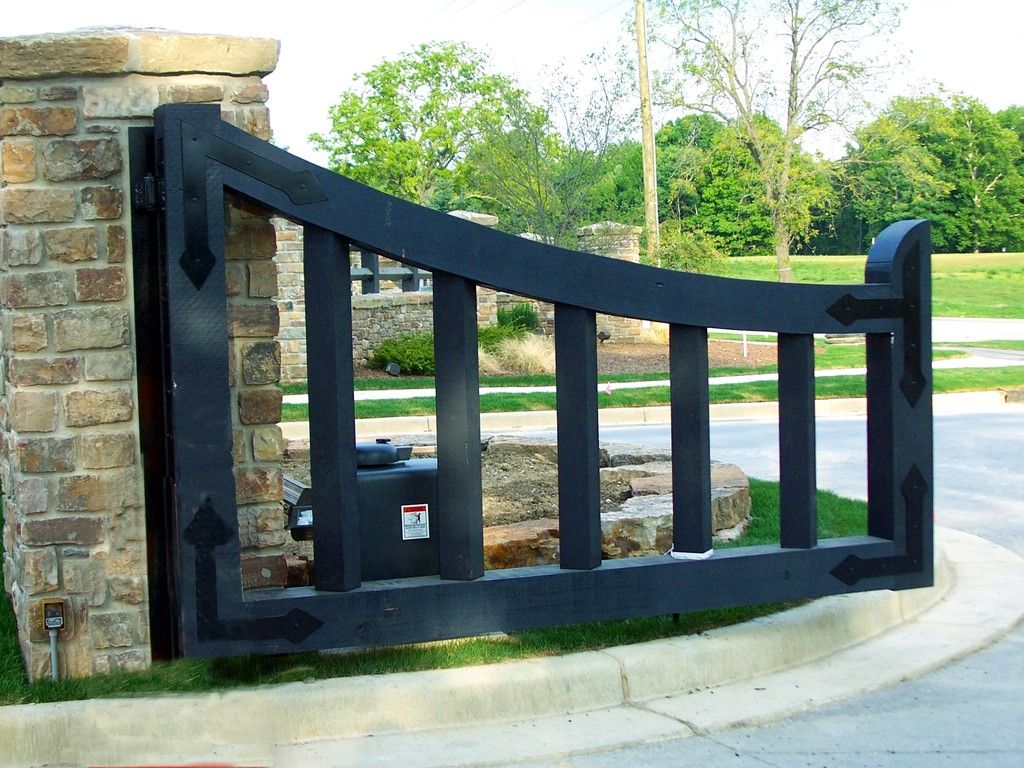|
|
Post by Red on Jun 9, 2015 0:15:03 GMT -5
What do you think about this TF "project?" Any thoughts from the joint cutters among us? 
|
|
|
|
Post by jalvis on Jun 9, 2015 11:28:10 GMT -5
Thats a heavy gate. The top rail is doing all the holding and those straps wont do much if the joint fails. Doesnt look good for the long term.
|
|
|
|
Post by Red on Jun 9, 2015 14:38:47 GMT -5
Even in EWP, that gate would be pretty heavy ... notice the steel plate on the masonry pier ...
You make a pretty good point, JAlvis.
|
|
|
|
Post by Red on Jun 10, 2015 13:00:42 GMT -5
I wonder how much one would have to decrease the length of the gate to take any excess stress off of the joinery on the first post (the post mounted to the masonry pier)?
|
|
|
|
Post by jalvis on Jun 15, 2015 12:04:42 GMT -5
The strongest joint I know of with timbers that large would be pegged or wedged through tenons. If the gates hinge rail was longer and had a lift support like the old English gates that would also help a lot.
|
|
|
|
Post by Red on Jun 15, 2015 13:30:02 GMT -5
If you look at the angle of entry, the joint between the curved horizontal "upper" timber and the main post would be tough to cut as a through mortise and tenon. Given the original design, housing the joinery is also very difficult. In the case of the bottom joint between the main post and the "lower" horizontal timber, it's impossible (no relish).
In the end, both the upper and the lower horizontal timbers would have to be shifted to make housing the joinery work well. A taller masonry pier and, accordingly, a longer main post would contribute and/or allow for much stronger housed joinery.
|
|
|
|
Post by GhostFist on Jun 15, 2015 17:38:54 GMT -5
Red, awesome post. More of these please!
|
|